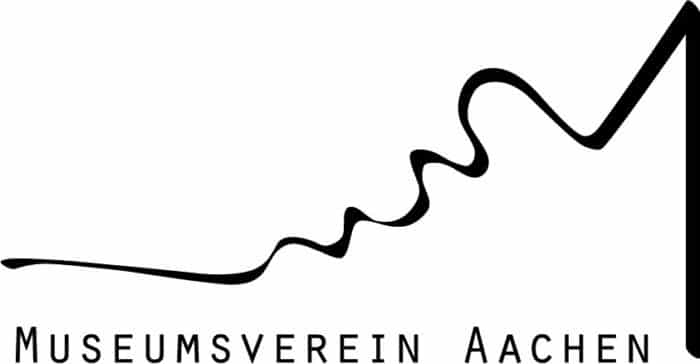Kitchen
The kitchen offers us an insight into the everyday life of the 18th and 19th century. The cast iron cooker from the Eifel served both as a hearth for cooking and a source of heat. Copper and brass pots, pans, sieves and ladles surround the cooker in the Dutch tiled chimney hood. Other cooking utensils and crockery made of tin, brass, copper and ceramics complete the kitchen fittings.
In the sturdy oak glass cabinet there is earthenware in the well known „Indian Blue“ decor, an abstract form of the early Meissen porcelain decor, and a magnificent coffee mill from the Aachen- Liège region in the early 18th century. The cast iron coffee roaster, the coffee mill and the crockery with large, bulbous jugs, small cups and tea bowls refer to the fact that the initially courtly luxurious drink coffee, as with tea and chocolate, had spread across all of 18th-century Europe and was now part of bourgeois and rural life. The integration of such courtly lifestyles into the bourgeois ambience can be seen again and again in the Couven Museum.
However, one should not be misled by the gleaming golden kitchen utensils, mostly engraved or with exaggerated ornamentation. Housework was at that time extremely hard. The pump at the bluestone basin, the coal-fired oven and also the heavy ironing utensils made of iron and brass, illustrate that housekeeping in the 18th and 19th century was a case of heavy physical work.


